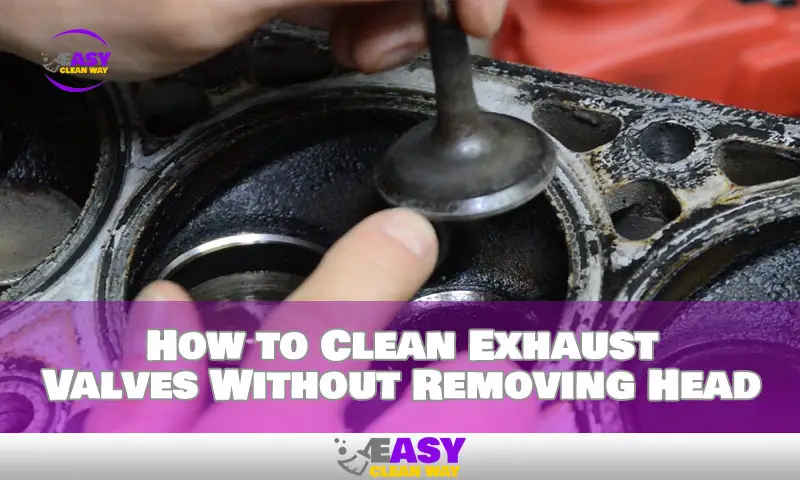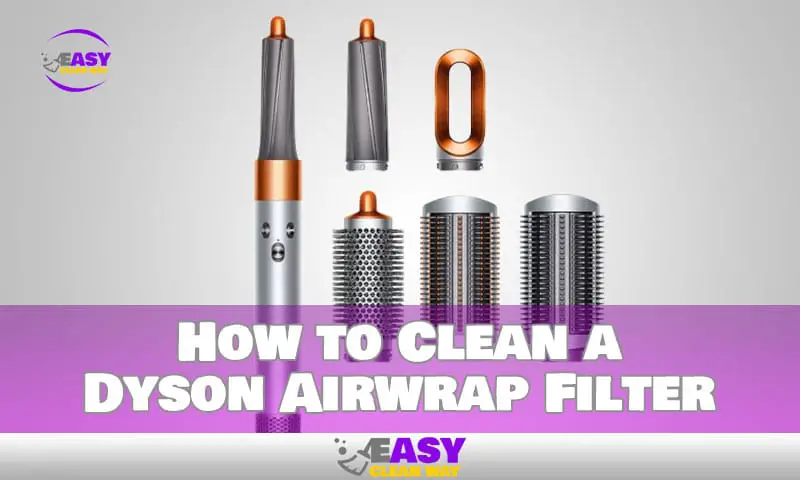If you’re an automobile enthusiast, you know that having a clean and well-maintained engine is essential for keeping it running at peak performance. But cleaning exhaust valves without removing the head can be a tricky task.
The exhaust valves play a vital role in the functioning of an engine, as they control the amount of exhaust gasses that are released from the combustion chamber. They help ensure that your engine runs smoothly, efficiently and safely. However, over time they can become clogged due to oil, dirt and carbon deposits. This can lead to a significant reduction in power and fuel economy.
Fortunately, there are ways to clean your exhaust valves without having to remove the head from the engine block. In this guide, we’ll explain how to do this safely and effectively so you can get back on the road with no loss in performance.
What Causes Exhaust Valves to Clog
Depending on the kind of car you have, there are many different potential causes of clogged exhaust valves. Typically, carbon deposits, grime, and oil buildup are the biggest offenders. These deposits may accumulate in the valve during engine operation, impeding appropriate valve opening and shutting. Engine performance may be severely lowered as a result.
Another frequent occurrence is sludge or varnish accumulating inside the valve. Poor maintenance or the use of the incorrect oil type may be to blame for this. The valve may not open due to sludge and varnish, which may impede the flow of exhaust and potentially reduce engine power.
In addition to these problems, performance might be impacted by a stuck valve stem. Oil that has gotten between the valve stem and guide and stopped the valve stem from moving freely is a common cause of sticking valve stems.
Fortunately, all of these problems may be solved with a quick cleaning procedure that doesn’t require removing the head. How to clean your exhaust valves is shown here.
How Do You Inspect Your Exhaust Valves?
Before attempting to clean exhaust valves without removing the head, it’s important to first identify any potential issues with your exhaust valves. The first step is to perform an inspection.
This can be done using a few different methods:
- Visual Inspection: A visual inspection of the exhaust valves can reveal signs of wear and tear, such as pitting, cracking or discoloration. If there are signs of damage, it is important to replace the valve as soon as possible.
- Compression Test: A compression test can help detect a misfire in one or more cylinders. Keep in mind that this test should be done both cold and hot to get the most accurate results.
- Leak Test: A leak test will help you identify if there are any leaks in the exhaust system that could cause performance loss. Again, make sure you do a leak test both cold and hot for the most accurate results.
A thorough inspection of your exhaust valves is essential before attempting any cleaning process—it will save you time and money in the long run!
What Are the Benefits of Cleaning Exhaust Valves Without Removing Head?
The most significant advantage of cleaning exhaust valves without removing the head is that it allows you to improve engine performance and fuel efficiency. The exhaust valves, which are significant parts of your engine’s exhaust system, are vulnerable to carbon buildup, which can impair your car’s performance.
These deposits degrade over time if they aren’t removed, which lowers engine performance and fuel economy. You can enhance overall vehicle performance and ensure that it will keep performing at its best for longer by doing a few easy actions to clean the exhaust valves.
Here are a few additional benefits of cleaning exhaust valves without removing head:
- Reduced emissions from dirty or clogged valves
- Improved fuel economy due to efficient burning
- Reduced knocking sounds from engine miss-fires
- Reduced maintenance costs associated with replacing parts
Tools and Materials Needed for the Job
Cleaning exhaust valves without removing the head requires some basic tools and materials. You’ll need a few items that are available at any auto parts store:
- A container to collect the exhaust gas during the cleaning process.
- An aerosol can of carburetor cleaner or engine degreaser.
- A spray bottle with a mixture of water and detergent or a grease-cutting product.
- A brush to scrub away any dirt or debris from the surface of the exhaust valves.
- Rags to clean up any spills or overspray from the cleaning process.
- Needle-nose pliers to remove any stuck debris, as well as for reaching tight spots that may not be accessible with other tools.
- Protective gloves and eyewear for safety purposes during the job.
Make sure you have all the necessary tools and materials before starting this job, to save yourself time and inconvenience later on down the road!
Step-by-Step Guide for Cleaning Exhaust Valves Without Removing Head
Though it may sound intimidating, cleaning your exhaust valves without removing the head is a relatively simple process. Here we outline each step to keep your engine running smoothly:
- After removing the spark plugs and spark plug wires, cut the fuel supply.
- Take out any gaskets or seals that are preventing or impeding access to the exhaust valves.
- Scrub away any carbon buildup from the valve area using a wire brush placed on a drill. Protecting oneself from any debris that may be generated during the operation is important.
- Cleaning the intake manifold ports with a small set of twisted wire brushes is necessary. This is a crucial step for eliminating carbon deposits that have built up and are obstructing airflow into the engine and reducing performance.
- Reinstall the spark plugs and wires after the debris has been cleared out of the intake and any fuel lines that were disconnected earlier in the procedure have been reconnected.
- Start your car, and check to see if it idles and accelerates smoothly. If it does, you’ve effectively cleaned your exhaust valves without having to remove them from their seatings.
Troubleshooting Tips for Cleaning Exhaust Valves Without Removing Head
Sometimes, despite all your best efforts, it’s possible that your exhaust valves may not be properly cleaned — leading to further performance loss. If this happens, here are a few troubleshooting steps you can take:
- Double-check that you’ve removed all carbon deposits from the exhaust valves. If there’s any residue left, it may be preventing the airflow and leading to poor engine performance.
- Dirty fuel filters can lead to a decrease in fuel efficiency, so if the filter looks grimy, it’s likely time for a replacement.
- Check the spark plugs and wires to make sure they are in good condition and functioning properly. Faulty spark plugs or wires can also lead to decreased engine performance.
By following these steps as part of your regular maintenance routine, you can ensure that your engine remains in top condition. Although initially time-consuming, the process of cleaning your exhaust valves without removing the head is a crucial step to maintaining your car’s optimal performance.
People Also Like: How to Clean Nuna Rava
Conclusion
Finally, cleaning exhaust valves without removing the head can be an excellent technique to rapidly and effectively rectify performance loss issues. While it is crucial to be aware of the hazards involved in the process, these can be reduced with careful planning and preparation. You can successfully clean your exhaust valves without removing the head by adhering to the above-listed methods. By doing this, you can recover lost horsepower and torque and get your car back to its proper performance.
Hey there! I’m Alton Smith, your Clean Expert blogger. I’m on a quest to help you conquer chaos and embrace the joys of a tidy life.





